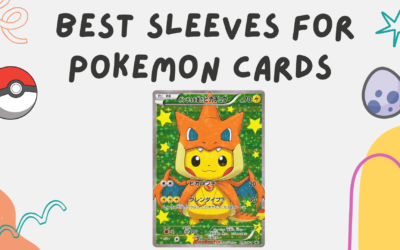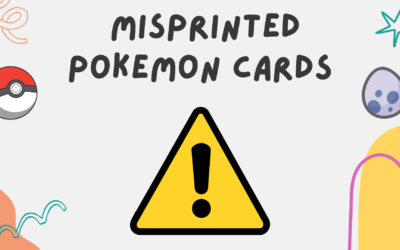The 10 Most Valuable Base Set Pokemon Cards
Pokemon card collecting has exploded these past few years. From multimillion-dollar card sales to your average couple-of-hundred dollar price tags, the Pokemon card craze has everyone crawling through their attics to dig out their childhood collection.
Are you one of the lucky folks who stashed their old binder of Pokemon cards and are now ready to cash them in? If so, buckle up – we’ll tell you the ten most valuable base set Pokemon cards.
What’s a base set Pokemon card?
Before we get excited and see dollar signs everywhere, let’s establish what a base set Pokemon card is first.
Base set refers to the first set of Pokemon cards released in Japan in 1996 and the rest of the English-speaking world in 1999. They feature first-generation Pokemon, items, and characters, which you would’ve seen in the first Pokemon games.
Although the Japanese cards capture the attention of collectors even today, it’s the 102 English cards that really drive the market wild. That’s because there are three different types of English base set cards: 1st edition shadowless, shadowless, and unlimited. Their differences are minor, but they can swing the price towards the thousands for the right card.
Let’s look briefly at each one to understand why they vary so much in price.
1st Edition Shadowless Cards
As the name suggests, 1st edition cards are the first-print cards that Wizards of the Coast (WOTC) released on the market. They were a limited run – once the packs sold out, that was it. And that scarcity makes them very desirable (and expensive!) today.
1st edition cards have a unique identifier on the card that should immediately grab your attention. A stamp at the bottom left corner of the artwork frame will say “EDITION 1.” The “1” should be in a black circle, and the word “EDITION” should surround its upper half.
Another identifier is the lack of a drop shadow on the bottom right of the artwork frame. It should just be the frame border surrounding the artwork and nothing else around it. You could even say the artwork looks a bit “flat” without it.
Shadowless Cards
Once WOTC finished the 1st edition run, they removed the 1st edition stamp on the cards but continued printing them as shadowless. They look similar to the 1st edition cards – no drop shadow on the artwork frame – but without the telltale stamp on the bottom left corner.
Shadowless cards are not as expensive as 1st edition cards, but they still command a reasonable price on the market. WOTC didn’t print as many of these cards, so they’re still quite scarce despite not being the first run.
Unlimited cards
After the shadowless cards print run, WOTC started printing the unlimited edition cards. Most cards on the market are unlimited because they were printed until the next set came out.
Unlimited cards are easy to spot, with the first giveaway being the drop shadow at the bottom right of the artwork frame. The card is no longer shadowless, so to speak. And of course, it doesn’t have the 1st edition stamp.
Another indicator is the copyright years at the bottom of the card. 1st edition and shadowless cards will say “1995, 96, 98, 99.” Unlimited cards don’t have the 99, instead only saying, “1995, 96, 98.”
Certain unlimited cards still fetch a decent price on the market, but not as much as their 1st edition and shadowless counterparts.
Ninetales 12/102
Ken Sugimori’s cream-colored Ninetales sits majestically on a blue holographic foil background, giving it a nice contrast against the reddish orange card. It’s definitely a simple yet graceful card, befitting the nine-tailed fire fox.
It seems collectors also agree because a gem mint 1st edition shadowless card goes for over $9,100. Meanwhile, a regular shadowless card is about half the price of its 1st edition counterpart – $4,600 in a PSA 10. And for the budget conscious, an unlimited Ninetales costs a fraction of the shadowless version, coming in at $450.
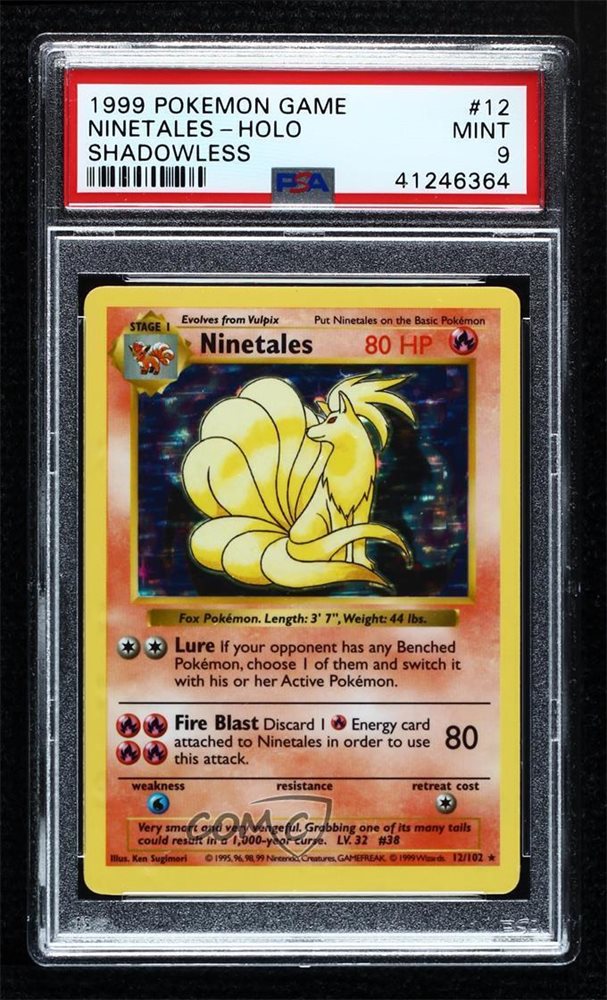
Ninetales 12/102
Gyarados 6/102
Who would’ve thought a seemingly useless Magikarp would evolve into a formidable Gyarados? Mitsuhiro Arita did an excellent job with this card, too – a side profile featuring Gyarados in a yellow and blue scale, with a sparkly holographic foil backdrop on a blue card. No wonder collectors love this card!
If you want to get your hands on one, a gem mint shadowless card (but not 1st edition) is only about $2,300 in a PSA 10. But if you want to go all in and grab a 1st edition shadowless Gyarados, be prepared to spend over $10,000 for one in a PSA 10. And if you don’t feel like paying such high prices, a gem mint unlimited Gyarados is $510.
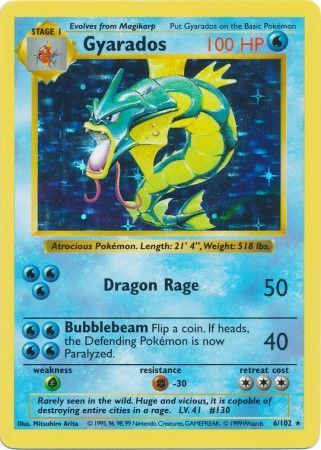
Gyarados 6/102
Magneton 9/102
There’s something fascinating about a single Magnemite attaching itself to two others, thus creating the fearsome Magneton. And that’s exactly what we got when Keiji Kinebuchi illustrated Magneton for this card: a Pokemon that looks alert and ready to deliver a painful electric shock.
Collectors are also in for a sticker shock once they discover that a gem mint 1st edition PSA 10 Magneton card is worth $11,450. Thankfully, the regular shadowless card doesn’t sting as much, costing nearly 90 percent less than its PSA 10 1st edition counterpart at $1,275. The gem mint unlimited card is still cheaper, drawing in only $356 from the market.
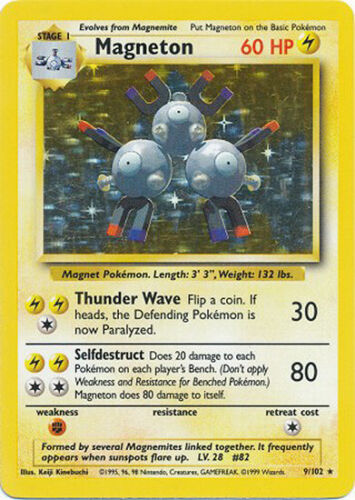
Magneton 9/102
Mewtwo 10/102
Mewtwo’s status as a legendary Pokemon helps cement this card as one of the most valuable base set cards. Illustrated by Ken Sugimori himself, this purple Mewtwo card features artwork that makes the Pokemon look slightly smaller and less menacing. The starry, holographic foil background gives Mewtwo a somewhat more mysterious aura.
A 1st edition shadowless Mewtwo in gem mint condition will cost buyers nearly $11,500, while a regular shadowless version in the same condition is about $3,000. But if you’re on a tighter budget, a gem mint unlimited Mewtwo card is only about $620 – a much more manageable price than the other two.
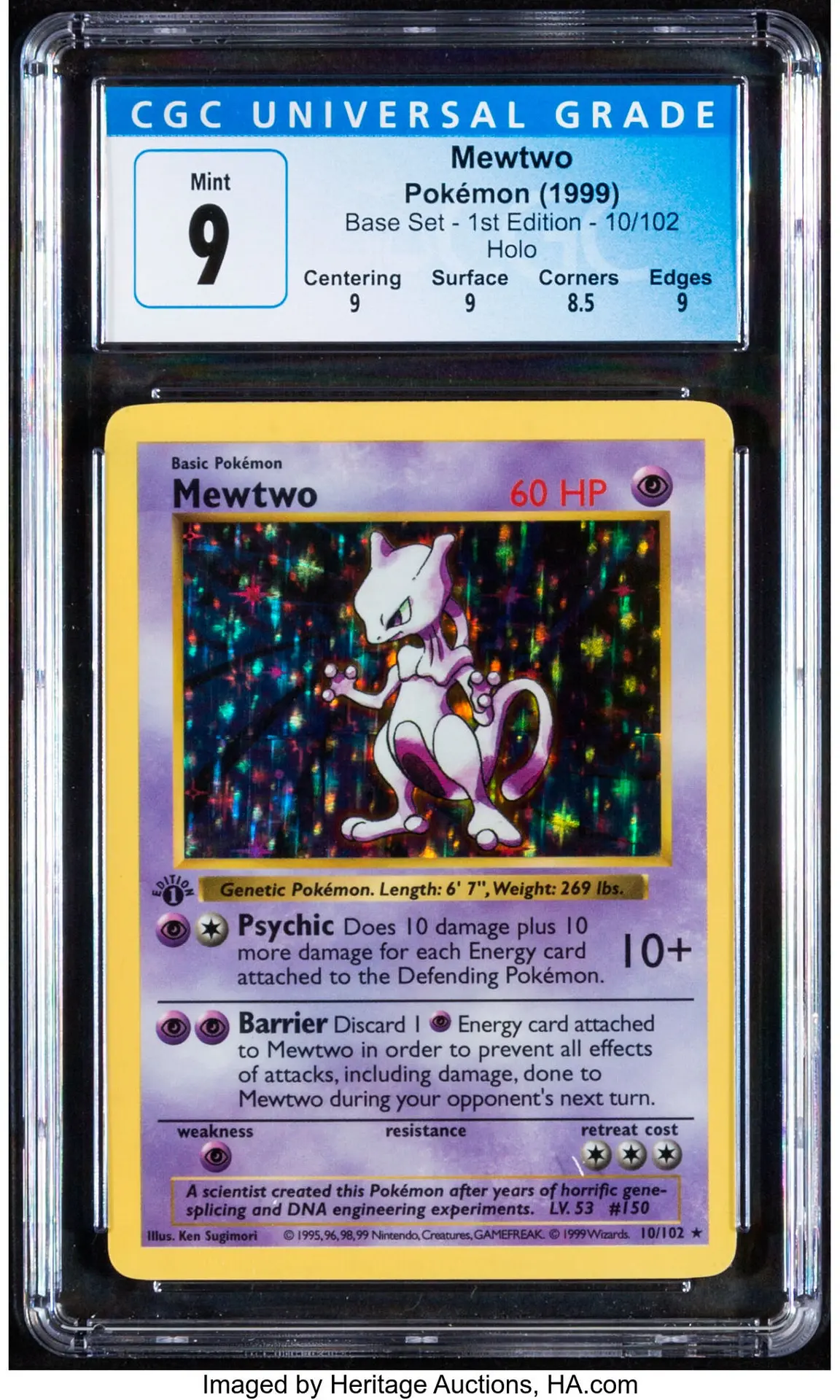
Mewtwo 10/102
Hitmonchan 7/102
Since Pokemon’s beginning, fans have debated whether Hitmonchan or Hitmonlee was the better pick. When it comes to base set cards, it looks like Ken Sugimori’s ready-to-box Hitmonchan won that debate handily.
And here’s how Hitmonchan claimed the crown: a gem mint 1st edition card sells for $12,000. As for Hitmonlee… well, the poor Pokemon didn’t get its card representation until a few sets later, when the Fossil set was released. By then, Hitmonchan has already soared to the top of the price charts.
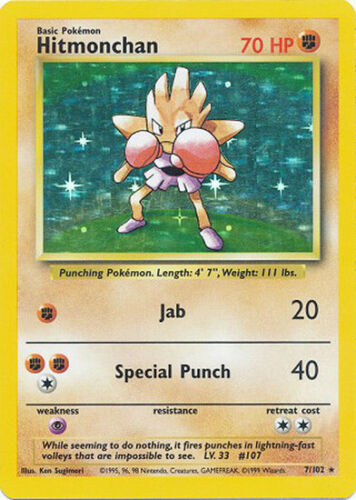
Hitmonchan 7/102
Pikachu 58/102
Not having the franchise’s mascot on the top five of this list would be an injustice, but that isn’t the case this time.
However, not all Pikachus are made equally. WOTC printed two versions of this card: one with red cheeks and one with yellow, both with 1st edition and shadowless versions. Once it was time to print unlimited cards, WOTC only printed the yellow cheeks version, making red cheeks more scarce and desirable.
Believe it or not, a 1st edition red cheeks Pikachu isn’t even the most valuable card of its kind, commanding only $4,300 on the market. Instead, the most expensive Pikachu card belongs to the Pikachu E3 red cheeks card, worth an impressive $12,500 when gem mint.
What makes the Pikachu E3 red cheeks card so unique? The fact that Nintendo only gave it to Nintendo booth visitors during E3 1999 made it valuable and rare. You’ll know you have one when a gold “E3” is written in gold foil at the bottom right corner of the artwork.
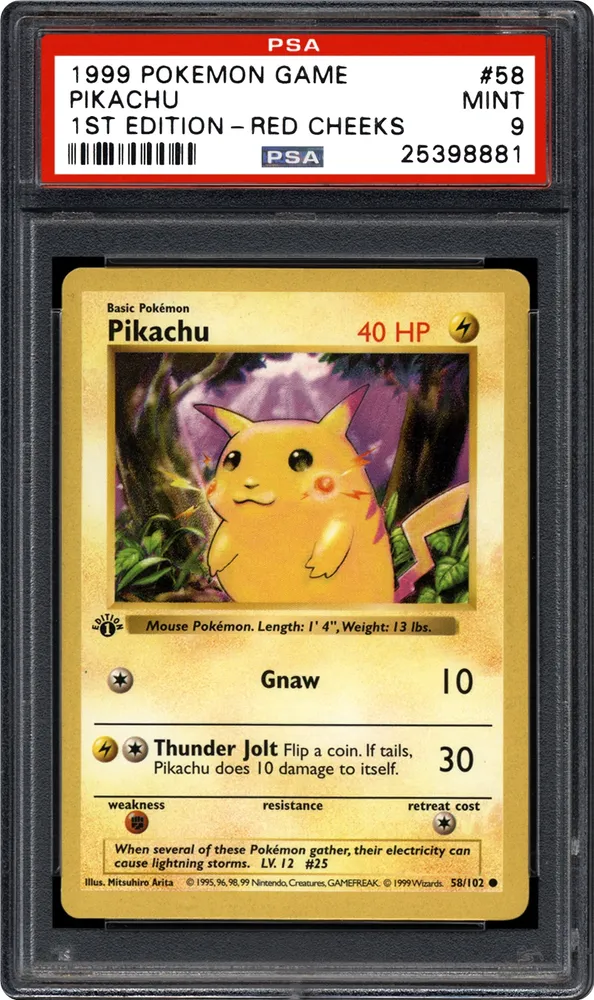
Pikachu 58/102
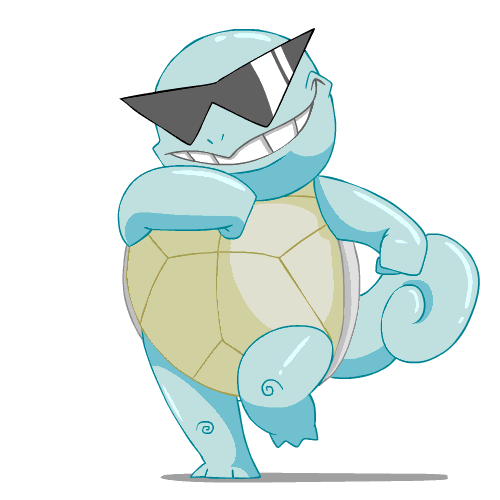
Need To Sell Your Pokemon Cards Fast?
We’ll Take Them Off Your Hands!
Venusaur 15/102
As the final evolution of one of the three original Pokemon starters, it’s no surprise that the green Venusaur card is on this list. Illustrator Mitsuhiro Arita did a great job portraying this creature, too: large and chunky, with a stance and expression that indicates it’s ready to fight when threatened.
Even its prices are ready to fight because a gem mint 1st edition shadowless card is worth a hefty sum of $19,000. However, its value exponentially decreases once the card loses its 1st edition status, with regular shadowless card prices down to just over $2,900. And if you have the unlimited card, that’s only about $1,200.
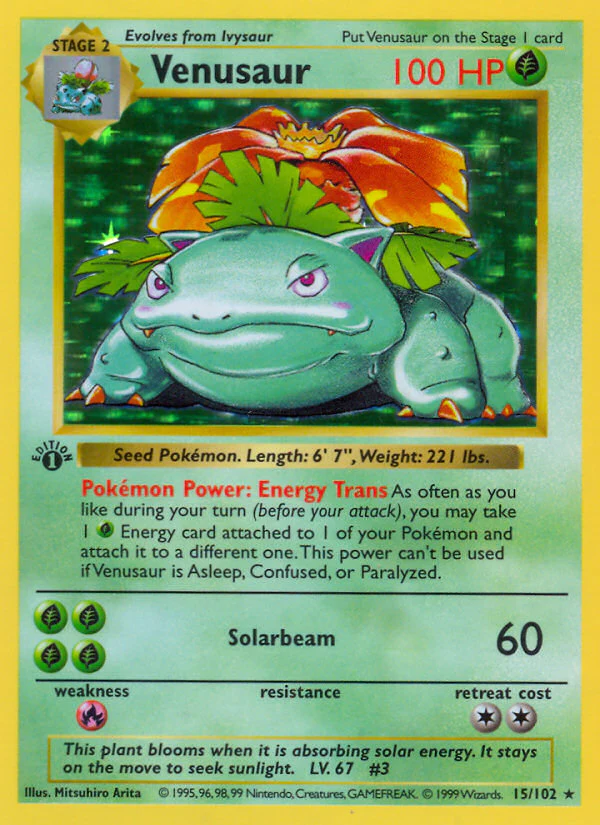
Venusaur 15/102
Blastoise 2/102
It’s quite fitting that we encounter a Blastoise card near the top of the list; after all, Blastoise is the final evolution of one of the more popular Generation 1 starter. The card is lovely, too, with Ken Sugimori portraying Blastoise as a turtle ready to go with its water cannons without looking too menacing.
This is also where the prices vary wildly depending on your card. Gem mint 1st edition Blastoise cards sell for over $23,000. A regular shadowless card can net you a little over $6,800 – a steep dropoff compared to its 1st edition counterpart. Unlimited cards go even lower at $2,900.
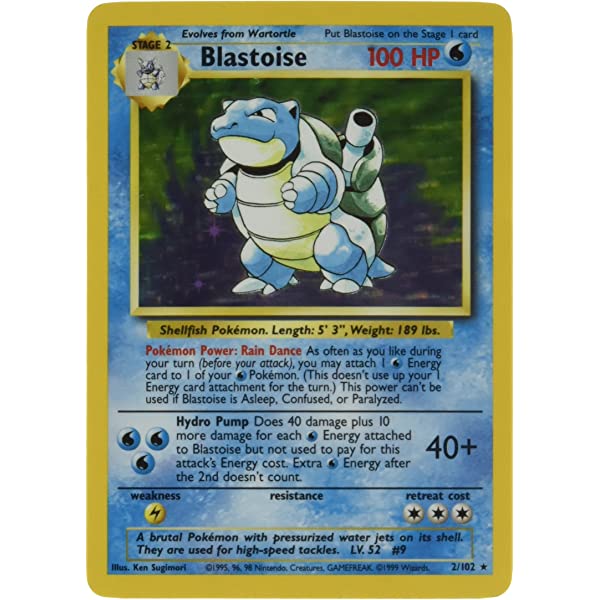
Blastoise 2/102
Chansey 3/102
If you think the three most expensive base set Pokemon cards are the starter evolutions, think again. This happy, helpful, egg-carrying Chansey, with artwork by Ken Sugimori, blasts its way to number 2.
Intrigued? That’s because a gem mint 1st edition shadowless Chansey card is worth a whopping $31,200 – over $8,000 more than a Blastoise card with the same pedigree.
Oddly enough, a regular shadowless and an unlimited Chansey card are neck-to-neck with their $2,600 price. Currently, the unlimited card is worth about $70 more than the shadowless, but that’s bound to change as the markets shift.

Chansey 3/102
Charizard 4/102
You don’t have to be a Pokemon card expert to know this is the holy grail. Nearly everyone can recognize Mitsuhiro Arita’s art of a Charizard about to breathe fire through its open mouth, all on a reddish-orange card.
If you have one of these cards in your collection, you’ll rake in some serious cash. And that cash only goes higher as your card’s condition and edition improve.
Let’s put it this way: a gem mint English 1st edition shadowless PSA 10 Charizard card will make you over $36,000 richer. Even the non-1st edition but still shadowless version in a PSA 10 is not that far behind, commanding a market price of $33,000. And if you have the unlimited Charizard card, it can still fetch you a handsome price of $8,700.
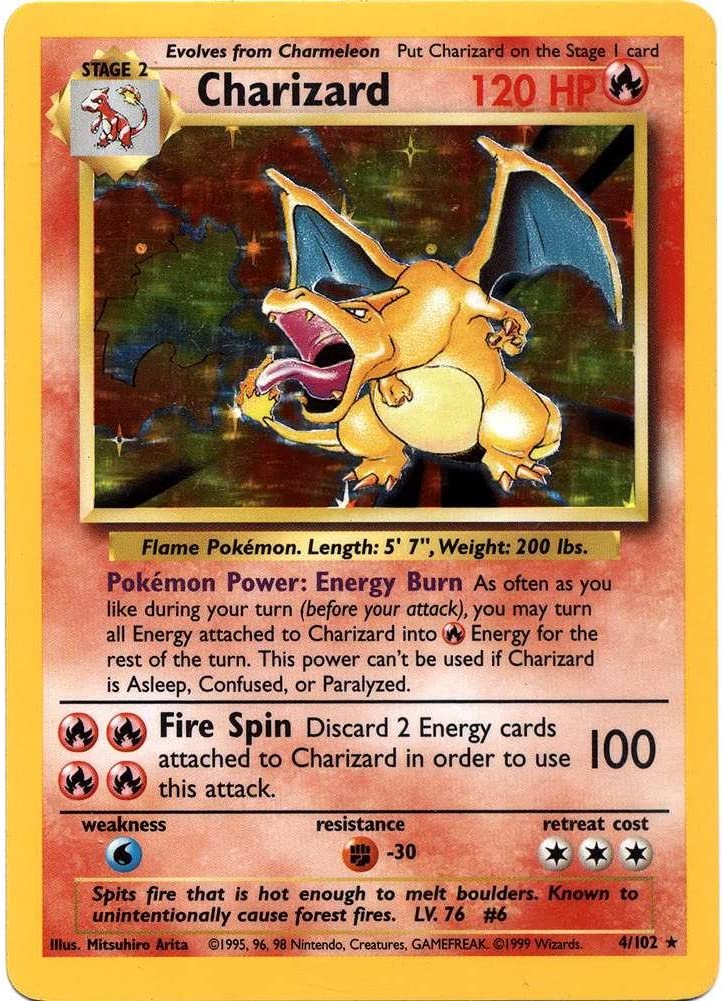
Charizard 4/102
Final Thoughts
Determining base set Pokemon card prices can be mind-boggling, especially for cards like Blastoise and Charizard. Who would’ve thought that a nearly 30-year-old colorful piece of cardboard could fetch so much cash in the market? Nostalgia, demand, and character attachment truly are powerful marketing tools when it comes to Pokemon cards.
So what are you waiting for? Dig up those old binders of yours and start looking through your cards. You could be holding on to a treasure trove without knowing it.
Sell Your Pokemon Cards Fast With WeBuyPokeCards
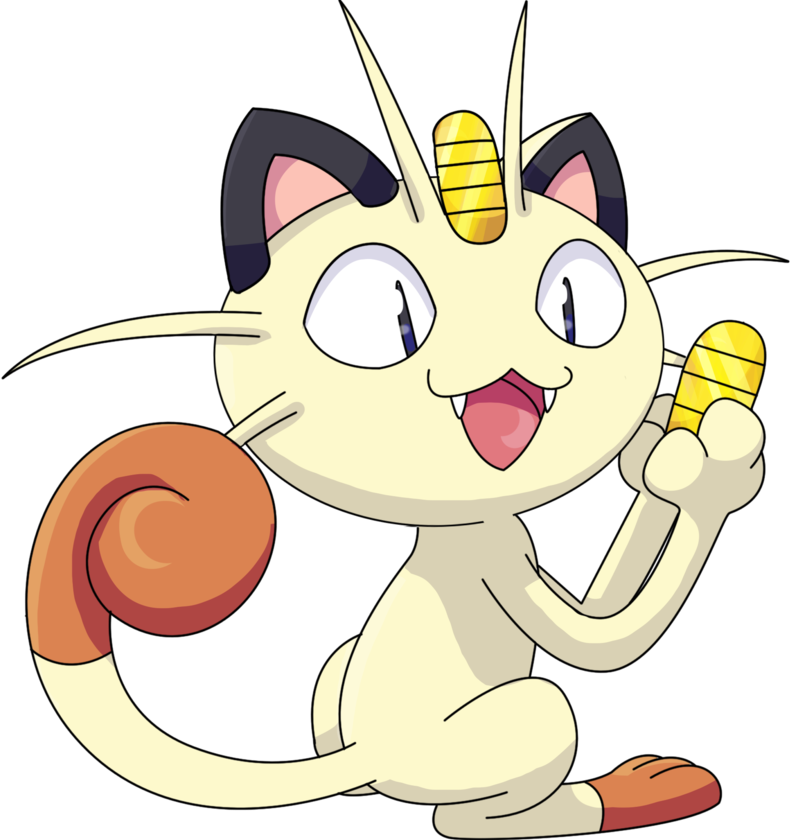
Related Posts
What To Read Next
Are New Pokemon Cards Worth Anything?
If you’ve ever watched a video of someone opening vintage Pokemon cards you probably see prices in the tens of thousands of dollars popping up all over the screen and it can make the value of more recent Pokemon cards look pretty measly.
The 5 Best Sleeves for Pokemon Cards
To some, they may just be colourful cardboard, but for you, Pokemon cards are collectables. And when you’re collecting something, you want to ensure they’re safe and protected to preserve their condition. You can’t start that process with cards unless you use card sleeves.
The 10 Most Valuable Misprinted Pokemon Cards
Opening a Pokemon TCG pack is always an exciting moment. You never know if you’ll get your favorite or valuable chase card until you’ve opened the pack. And as you pull the cards out and eagerly go through each one, you notice that one or more of them has a defect. What now?

